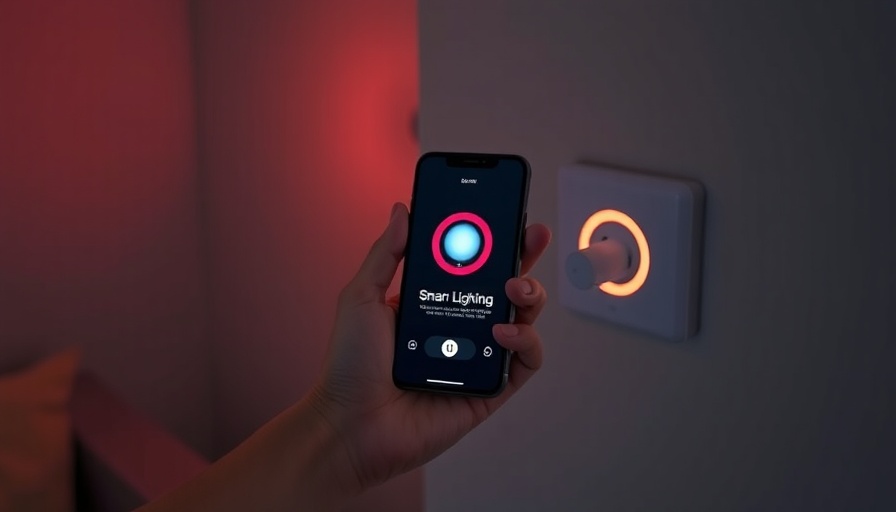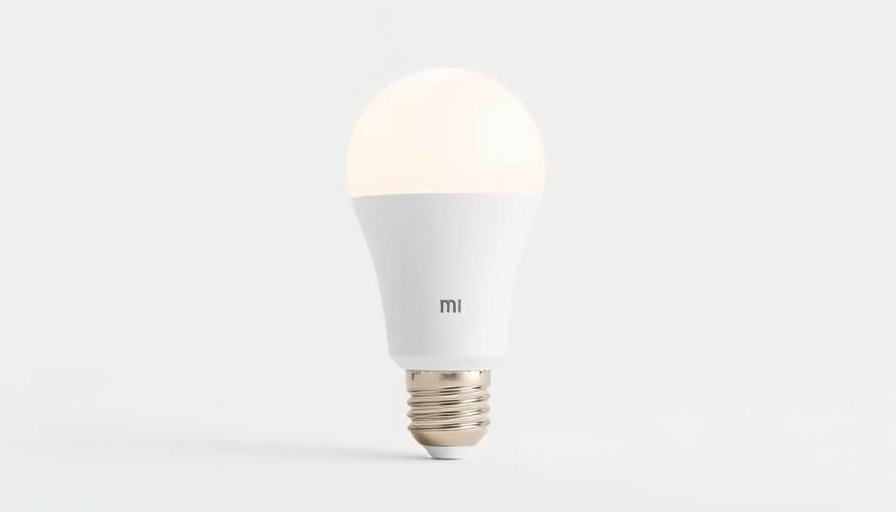
Transform Your Home with Smart Lighting Solutions
Smart home technology is revolutionizing the way we manage our living spaces, making them not just more convenient but also more efficient. A particularly popular entry point into this world is smart lighting, which allows homeowners to easily control their indoor lighting from their smartphones or through voice commands. These technologies, primarily smart bulbs and smart switches, offer different benefits and drawbacks. Understanding these can lead to significant cost savings and a more personalized living experience.
Understanding Smart Bulbs vs. Smart Switches
Smart bulbs are essentially LED lights equipped with wireless capabilities. Users can control them directly from a smartphone app or through voice commands via systems like Amazon Alexa or Google Assistant. The strengths of smart bulbs include:
- Wireless Control: Easily turn lights on or off remotely.
- Customization: Many models offer color-changing capabilities to create varied moods.
- Energy Efficiency: They typically consume less power than traditional bulbs, which can lead to long-term savings on electricity bills.
However, smart bulbs can be relatively expensive, and their lifespan, while longer than incandescent bulbs, will eventually result in the need for replacement. The advantages of smart switches are that they can replace traditional switches and can control any connected lights. They may provide more comprehensive control, particularly for larger homes with multiple light fixtures.
Choosing the Most Cost-Effective Option
When choosing between smart bulbs and smart switches, factors such as installation ease, cost, and individual home needs should be considered. For renters or those looking for a straightforward upgrade, smart bulbs might be the better choice. In contrast, homeowners who wish to gain centralized control over multiple fixtures may prefer smart switches despite the higher initial investment.
Potential Long-Term Benefits
Investing in either smart lighting option can yield considerable long-term savings by reducing energy consumption. For example, smart bulbs can automatically adjust brightness based on the time of day, leading to further energy efficiency. Moreover, integrating smart lighting into a broader smart home ecosystem can enhance everyday convenience—lights turning on automatically as you arrive home or adjusting automatically for different tasks or moods.
How Smart Lighting Can Transform Your Life
Imagine walking into a home that welcomes you with warm, soft lighting tailored to your mood, all controlled by voice commands. This is the future that smart lighting offers. More than just energy efficiency, it reshapes the very ambiance of your living spaces, providing options to personalize each area according to your preferences.
Act Now and Upgrade Your Home!
If you're looking to make a significant improvement without gutting your current setup, consider starting with smart lighting. It’s a small investment that can transform your home and lifestyle while also contributing to energy savings. The time to upgrade is now!
 Add Row
Add Row  Add
Add 




Write A Comment